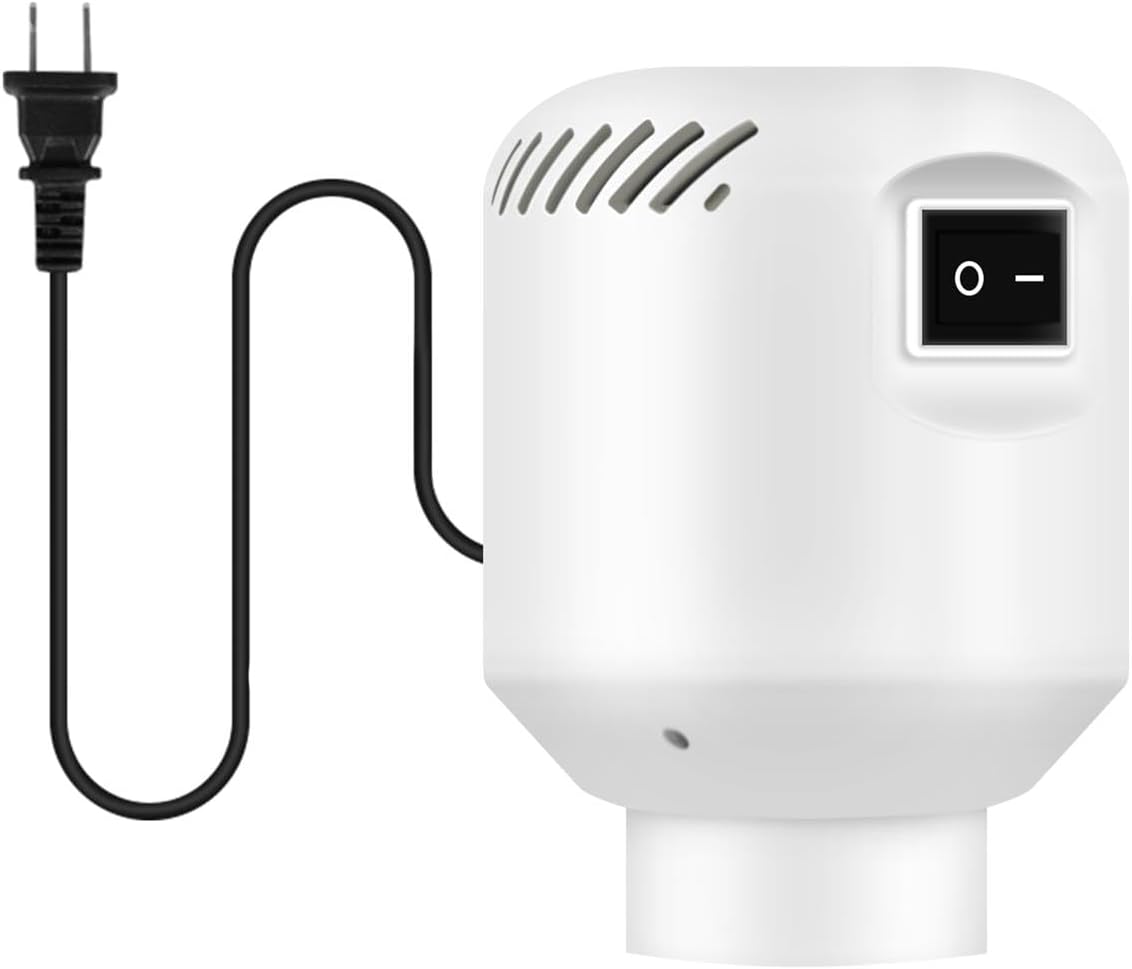







Understanding Storage Pumps: A Comprehensive Guide
When it comes to energy management and storage solutions, storage pumps are often overlooked. Yet, these ingenious devices play a crucial role in balancing energy supply and demand, especially in renewable energy systems. Have you ever wondered how we store energy to use it later? Let’s dive into the world of storage pumps and uncover their significance.
What is a Storage Pump?
At its core, a storage pump is a type of energy storage system that utilizes the principles of hydropower to store and release energy. Imagine a water reservoir perched high in the mountains. When there’s excess energy available—perhaps from wind or solar power—water is pumped up to this reservoir. Later, when energy demand peaks, the water is released back down, turning turbines to generate electricity. It’s like a giant battery, but instead of chemicals, it relies on water and gravity.
How Do Storage Pumps Work?
The operation of storage pumps can be broken down into two main phases: the charging phase and the discharging phase.
1. **Charging Phase**: During periods of low electricity demand or when renewable energy sources are generating excess power, water is pumped from a lower reservoir to an upper reservoir. This process requires energy, typically sourced from renewable energy systems. Think of it as filling a bathtub with water; the more you fill it, the more you can use later.
2. **Discharging Phase**: When energy demand surges, the stored water is released back down through turbines, generating electricity. This process is akin to letting the water out of the bathtub—once you release it, it can be used to power homes and businesses.
The Benefits of Storage Pumps
Why should we care about storage pumps? Here are some compelling reasons:
– **Renewable Energy Integration**: Storage pumps help to integrate renewable energy sources into the grid by providing a reliable method to store excess energy. This is vital in a world increasingly reliant on solar and wind power.
– **Grid Stability**: They enhance grid stability by providing backup power during peak demand times. Imagine a seesaw; if one side gets too heavy (high demand), the other side (supply) needs to balance it out.
– **Reduced Energy Costs**: By storing energy during low demand periods and discharging it during high demand, storage pumps can help reduce energy costs for consumers and utility companies alike.
Types of Storage Pumps
Not all storage pumps are created equal. Here’s a quick overview of the different types:
– **Pumped Hydro Storage (PHS)**: This is the most common form of storage pump, utilizing two water reservoirs at different elevations.
– **Compressed Air Energy Storage (CAES)**: While not traditional water storage, CAES uses compressed air in underground caverns. When energy is needed, the compressed air is released to drive turbines.
– **Flywheel Energy Storage**: This system uses a rotating flywheel to store energy. When energy is needed, the rotational energy is converted back into electricity.
Challenges Facing Storage Pumps
Despite their numerous benefits, storage pumps are not without challenges. One of the primary concerns is the environmental impact. Building large reservoirs can disrupt local ecosystems and communities. Additionally, the initial capital investment can be substantial, making it a less attractive option for some energy providers.
Conclusion
Storage pumps represent an essential component of our energy future. They provide a means to harness the power of renewables while ensuring that energy is available when we need it most. As we continue to navigate the complexities of energy management, understanding storage pumps becomes increasingly vital. They are not just a technical solution; they are a bridge to a sustainable future.
FAQs
1. How do storage pumps compare to traditional batteries?
Storage pumps have a higher capacity and longer lifespan compared to traditional batteries. While batteries are effective for short-term storage, storage pumps excel in large-scale energy management.
2. Are storage pumps environmentally friendly?
While they can provide significant environmental benefits by enabling renewable energy usage, the construction of reservoirs can lead to ecological disruption. Proper planning and consideration are essential.
3. What is the future of storage pumps in energy storage?
As the demand for renewable energy grows, the role of storage pumps is expected to expand. Innovations in technology may also improve their efficiency and reduce environmental impacts, making them a cornerstone of future energy systems.
